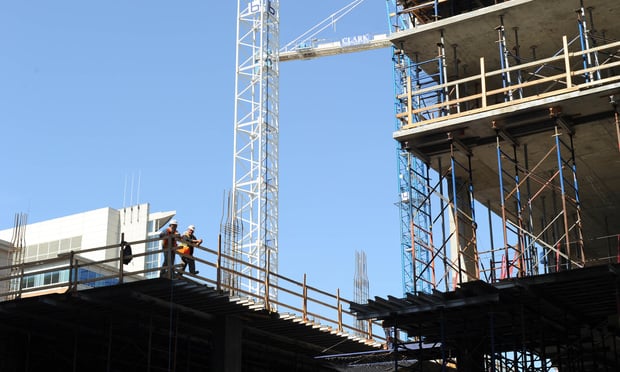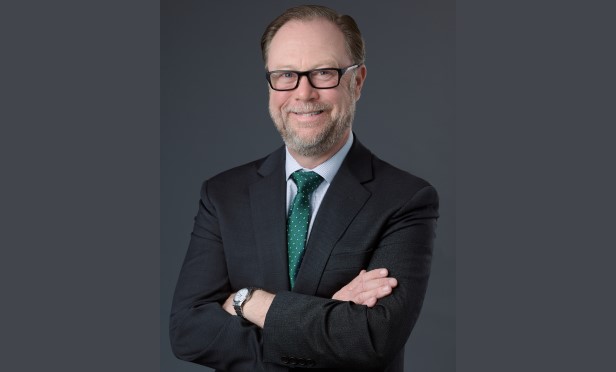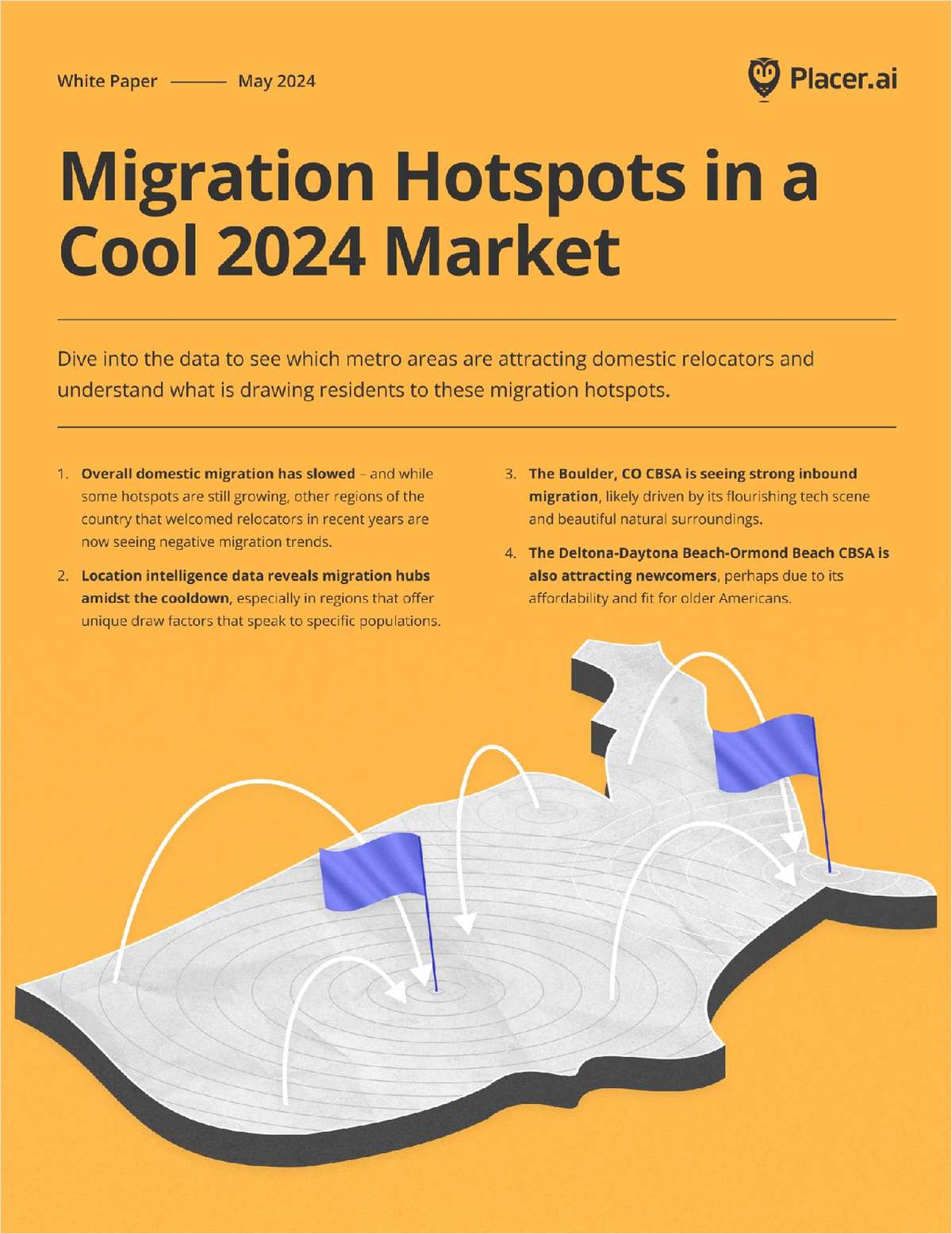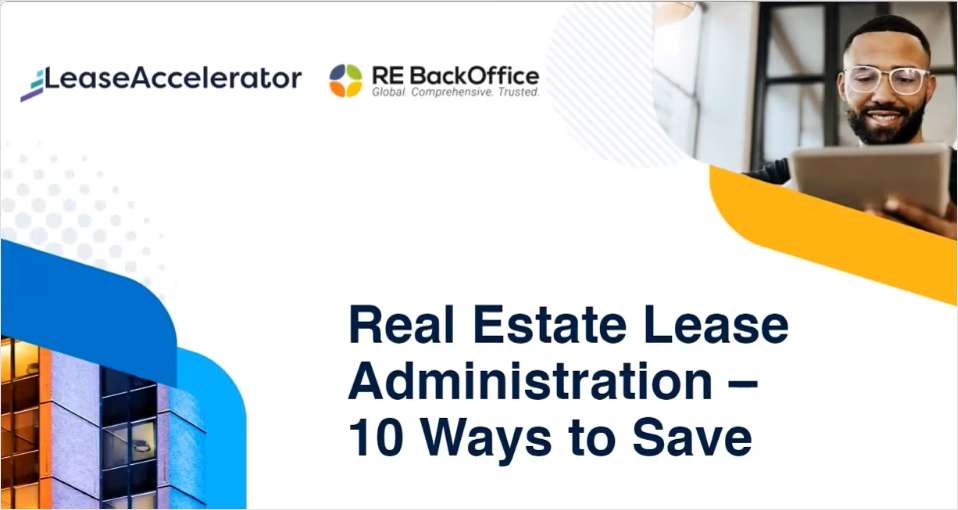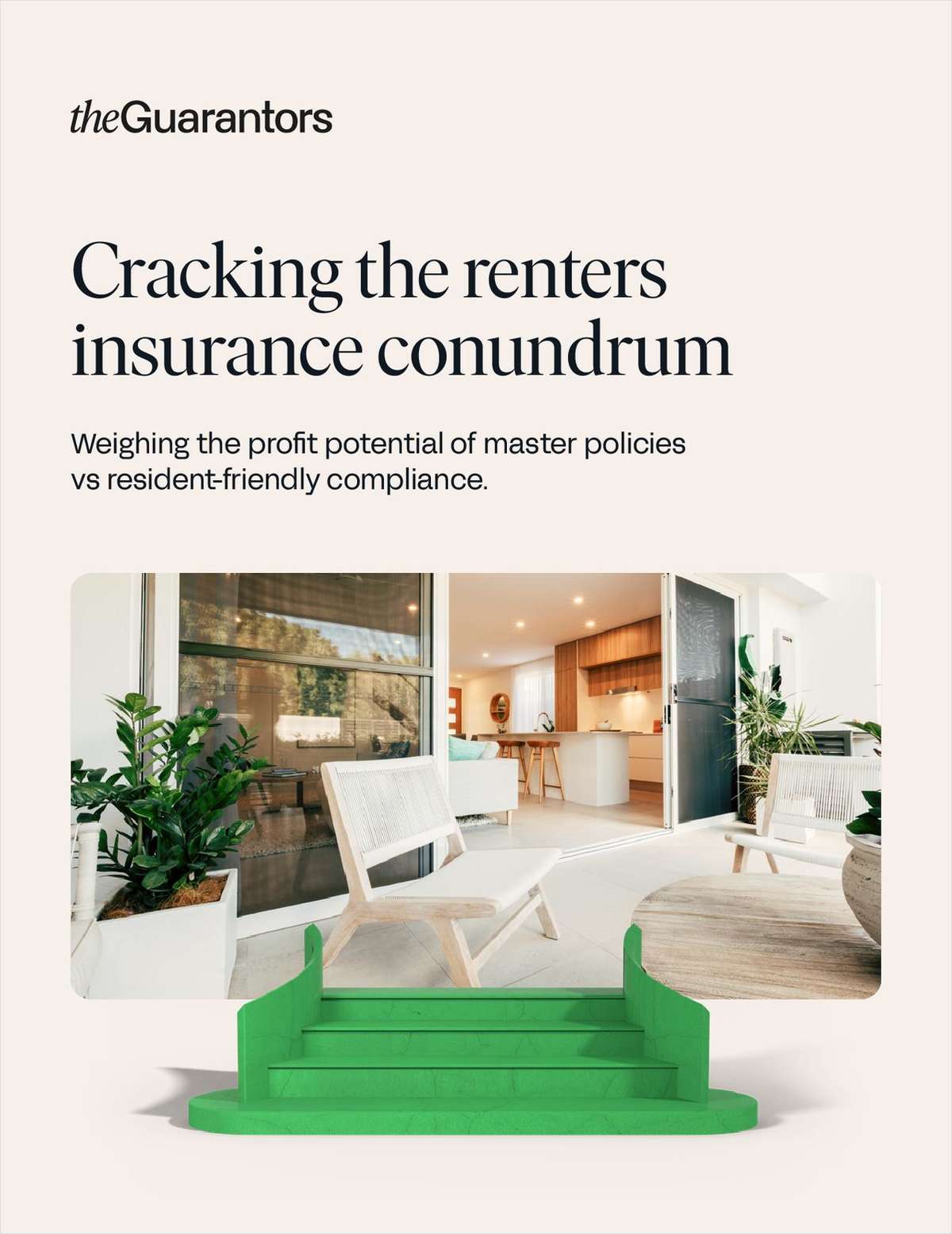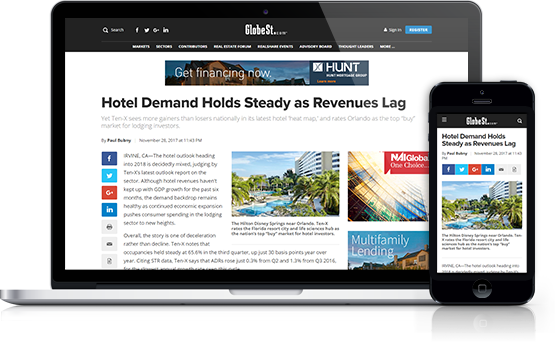A total 7.8 million sf of new space is either proposed or underconstruction. On the drawing boards is another 2.5 million sf. Atotal 3.9 million sf came on line in the last 12 months. And theaverage vacancy rate of 9% is one of the lowest in the state.
"Orlando continues to exhibit strong population and employmentgrowth, translating to an increase in demand for retail productsand services," Real Estate Specialists Inc. president Alan Charrontells GlobeSt.com.
Retail expansion in the immediate future is expected to bedominated by new mall construction and expansion of existingproperties, category killers and supercenters locating in newmarkets and repositioning in old ones.
Continue Reading for Free
Register and gain access to:
- Breaking commercial real estate news and analysis, on-site and via our newsletters and custom alerts
- Educational webcasts, white papers, and ebooks from industry thought leaders
- Critical coverage of the property casualty insurance and financial advisory markets on our other ALM sites, PropertyCasualty360 and ThinkAdvisor
*May exclude premium content
Already have an account?
Sign In Now
© 2024 ALM Global, LLC, All Rights Reserved. Request academic re-use from www.copyright.com. All other uses, submit a request to [email protected]. For more information visit Asset & Logo Licensing.



